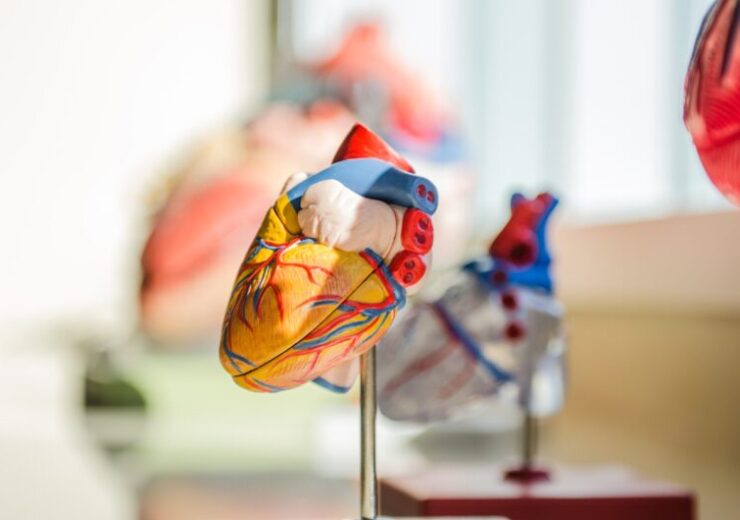The results are from a retrospective, case-control study that evaluated a hypothesis that non-invasive computational ECG mapping reduces the time of the total procedure, use of fluoroscopy, and cost in the EP lab setting

Vektor Medical has presented study results that support the use of vMap. (Credit: jesse orrico on Unsplash)
Vektor Medical has presented study results of vMap that showed a significant reduction in fluoroscopy use, total procedural duration, and cost after the implementation of the arrhythmia mapping device.
The results are from a retrospective, case-control study that evaluated a hypothesis that non-invasive computational ECG mapping decreases total procedure time, use of fluoroscopy, and cost in the EP lab setting.
Vektor Medical demonstrated a reduction in total procedure duration of 68 minutes, a reduction in fluoroscopy time of 16.3 minutes, and a $2,267 reduction in EP lab costs with its vMap device.
The use of vMap was also associated with lesser use of 64-electrode basket catheters in atrial fibrillation ablation cases, the US-based medical device company said.
Vektor Medical CEO Rob Krummen said: “These results show the positive impact vMap could have not only for patients, but also the doctors and hospital systems delivering care.
“We are particularly pleased that these results confirm our belief that vMap can reduce procedure time, fluoroscopy use, and cost associated with traditional mapping.
“These findings further demonstrate that vMap has the potential to alter the treatment paradigm for those experiencing arrhythmias.”
According to the medical technology company, vMap has been cleared by the US Food and Drug Administration (FDA) to locate possible arrhythmia source sites anywhere in the heart using an ECG within three minutes.
The device is said to enable doctors to arrange non-invasive therapies for patients with heart arrhythmias by giving them the ability to non-invasively map potential arrhythmia source locations.
Vektor Medical said vMap can easily map arrhythmia sources related to focal- or fibrillation- type arrhythmias in all cardiac chambers, outflow tracts, and septum.
